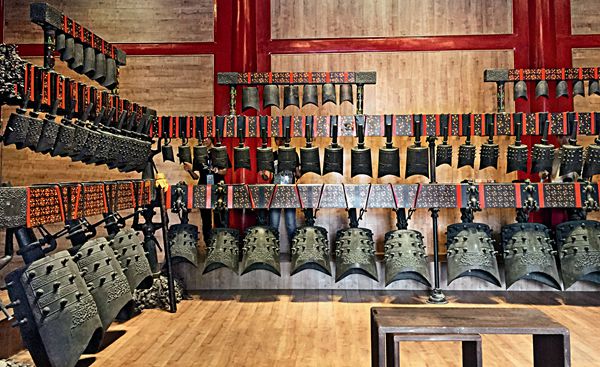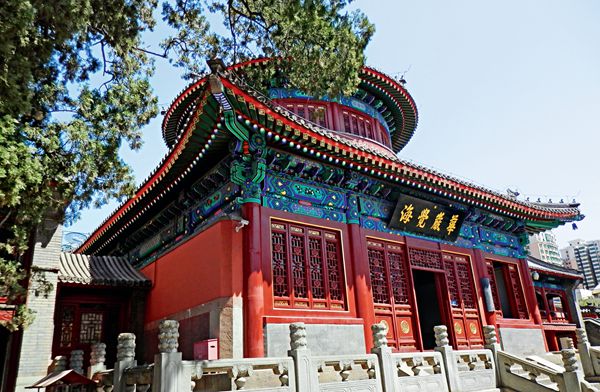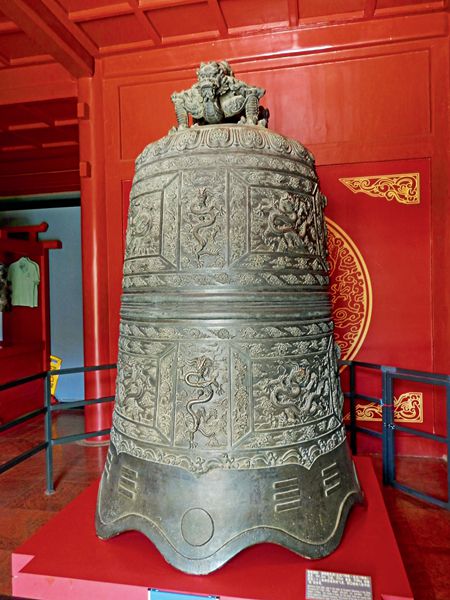Telling the time, Chinese style
- By Brian Salter
 0 Comment(s)
0 Comment(s) Print
Print E-mail China Today, February 6, 2017
E-mail China Today, February 6, 2017
What do a tiger, rat, dog, ox, and pig have in common with a bell and a drum? I have to admit that a few months ago I would have had absolutely no idea. But I'm somewhat the wiser now.
I am at a historical bell museum located in Hai-dian District of Beijing.
Bells are considered auspicious according to Chinese tradition. During major ceremonies they are often rung 108 times. This is because the Chinese lunar calendar comprises 12 months, 24 solar terms and 72 hou (five-day period), the sum of which is 108. According to certain Buddhists, the pealing of a bell also dispels 108 common mortal worries.
The museum, set up in 1985, houses over 800 bells, made of bronze, iron and jade. Exhibits come from all over the world. The oldest ones were cast more than 1,000 years ago.
|
|
|
Dazhong Temple houses around 800 bells from all over the world. |
|
|
|
A collection of Ling bells on display in the museum. |
Furthest away from the main entrance is the building most visitors come to see – the Big Bell Tower. Circular at the top and square beneath, its design accords with the Chinese saying "heaven is spherical and the earth is square."
|
|
|
The Big Bell Tower containing the Great Bell of Yongle. |
|
|
|
The Qianlong Court Bell, made for the imperial court, has been designated a grade one national relic. |
Both Buddhism and Taoism have played significant roles in the history of Chinese bells. As long ago as the Sui and Tang dynasties (581-907), most temples housed bells. The Song, Liao, Jin, and Yuan dynasties, however, saw a decline in the casting of ceremonial bells, although large amounts of iron bells appeared over this period. It was during the Ming Dynasty (1368-1644) that the casting of Buddhist and Taoist bells reached ascendancy once more.
Apart from their religious significance, bells were also an important facet of the daily lives of China's citizenry, as the bell and drum constituted the sole method of telling the time. Bell and drum towers consequently stood in almost every city throughout the country. Those in Beijing, however, are distinct for being placed fore-and-aft, rather than in the traditional right-and-left position.
Bell and Drum towers represented the very essence of Chinese chronology during the Yuan, Ming, and Qing dynasties. It was only in 1924, when Pu Yi (1906-1967), last emperor of China, was forced to leave the Forbidden City, that Western-style clockwork was adopted for official time-keeping.
Brian Salter is a broadcaster and journalist who has been working in China for the past five years.









